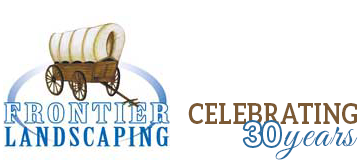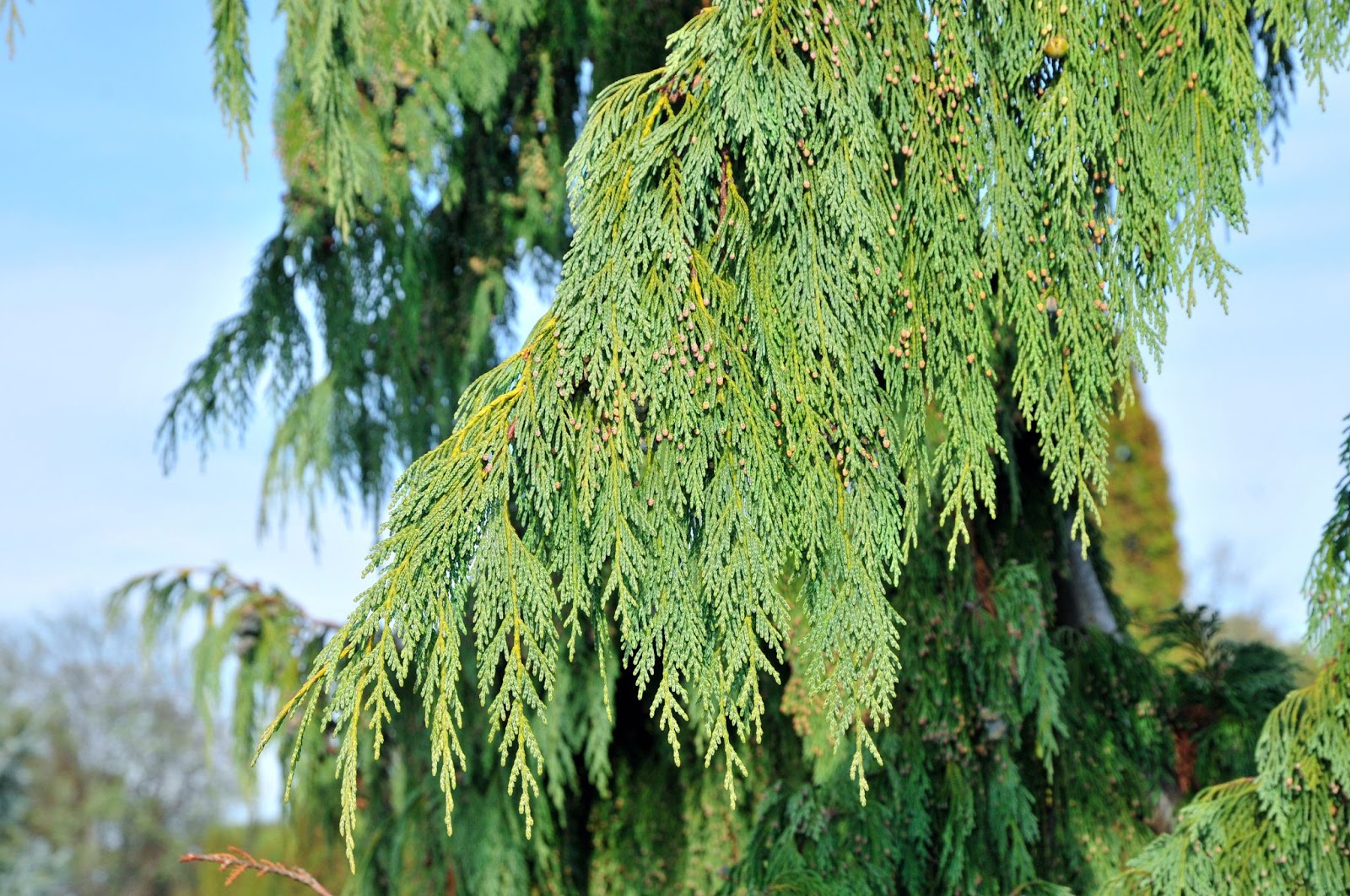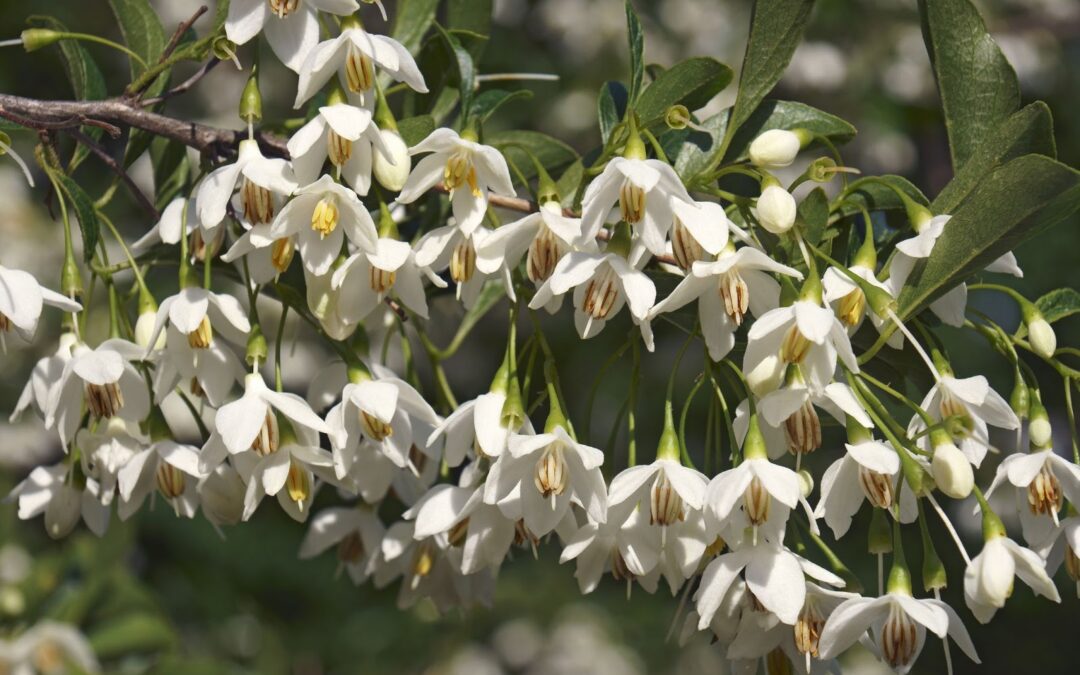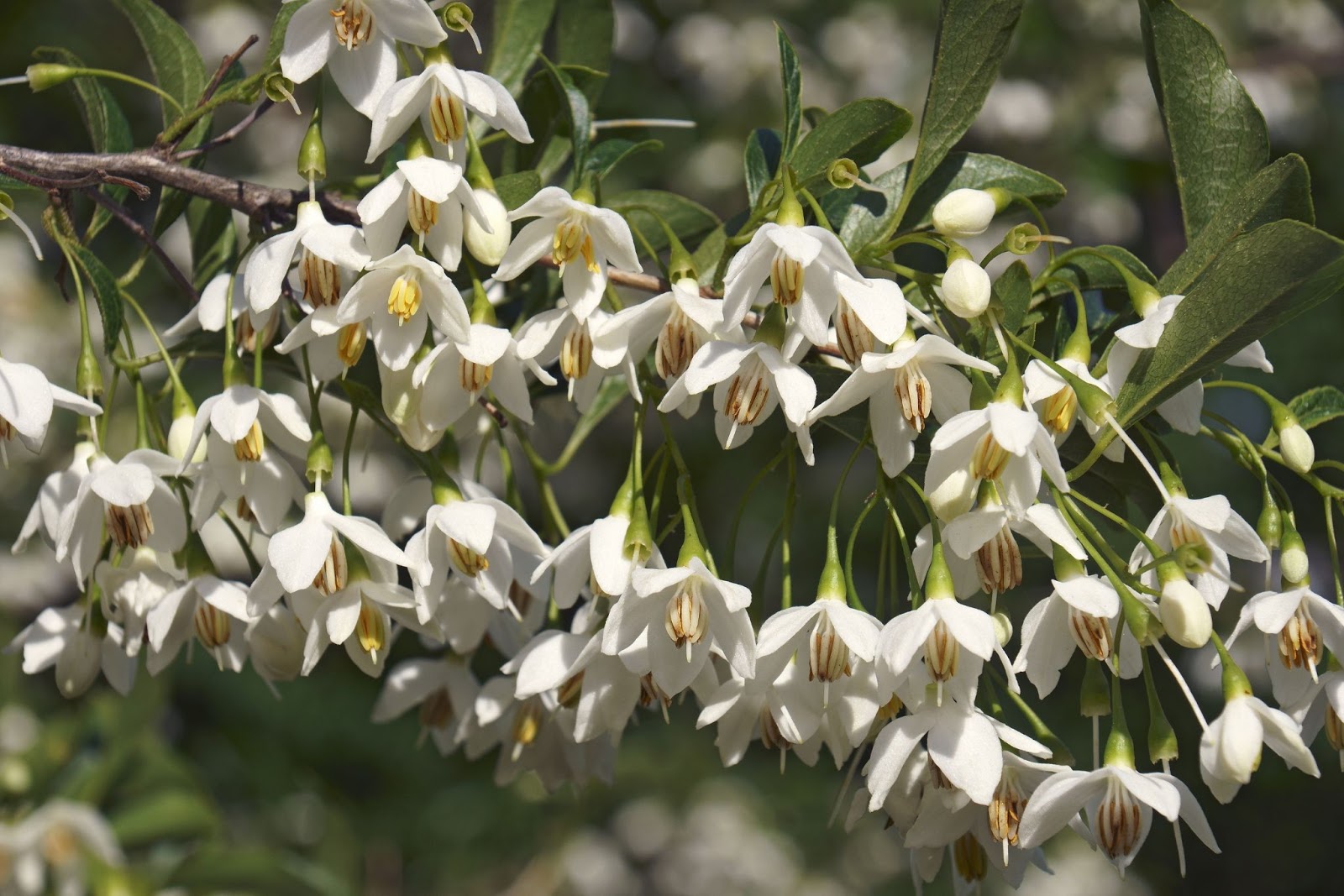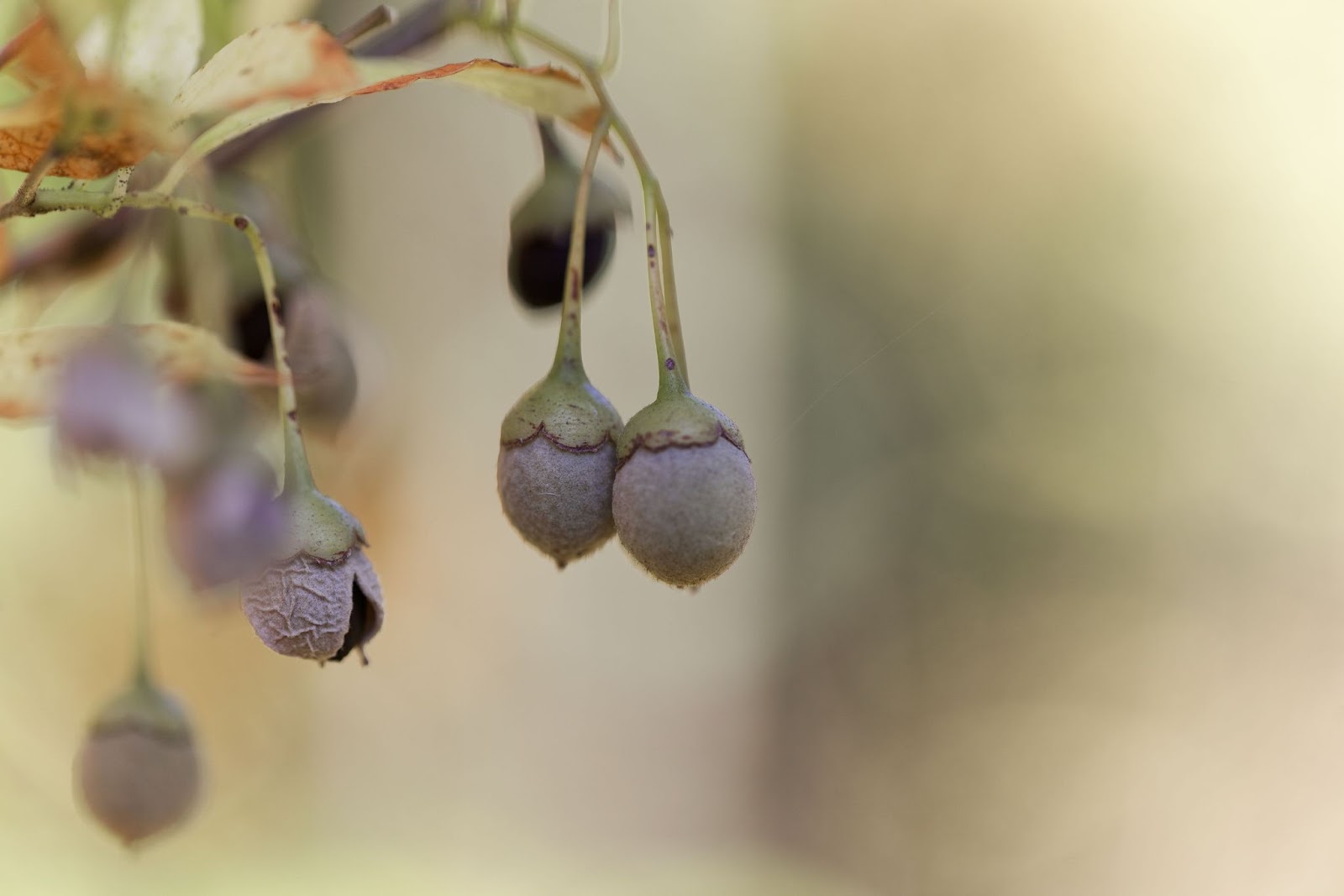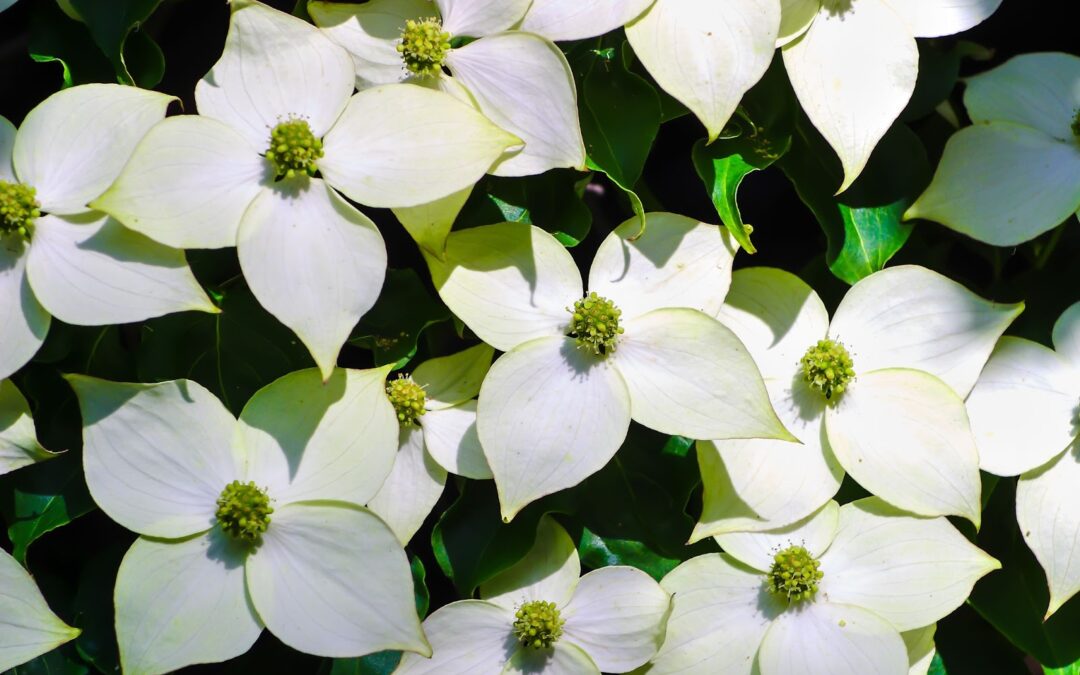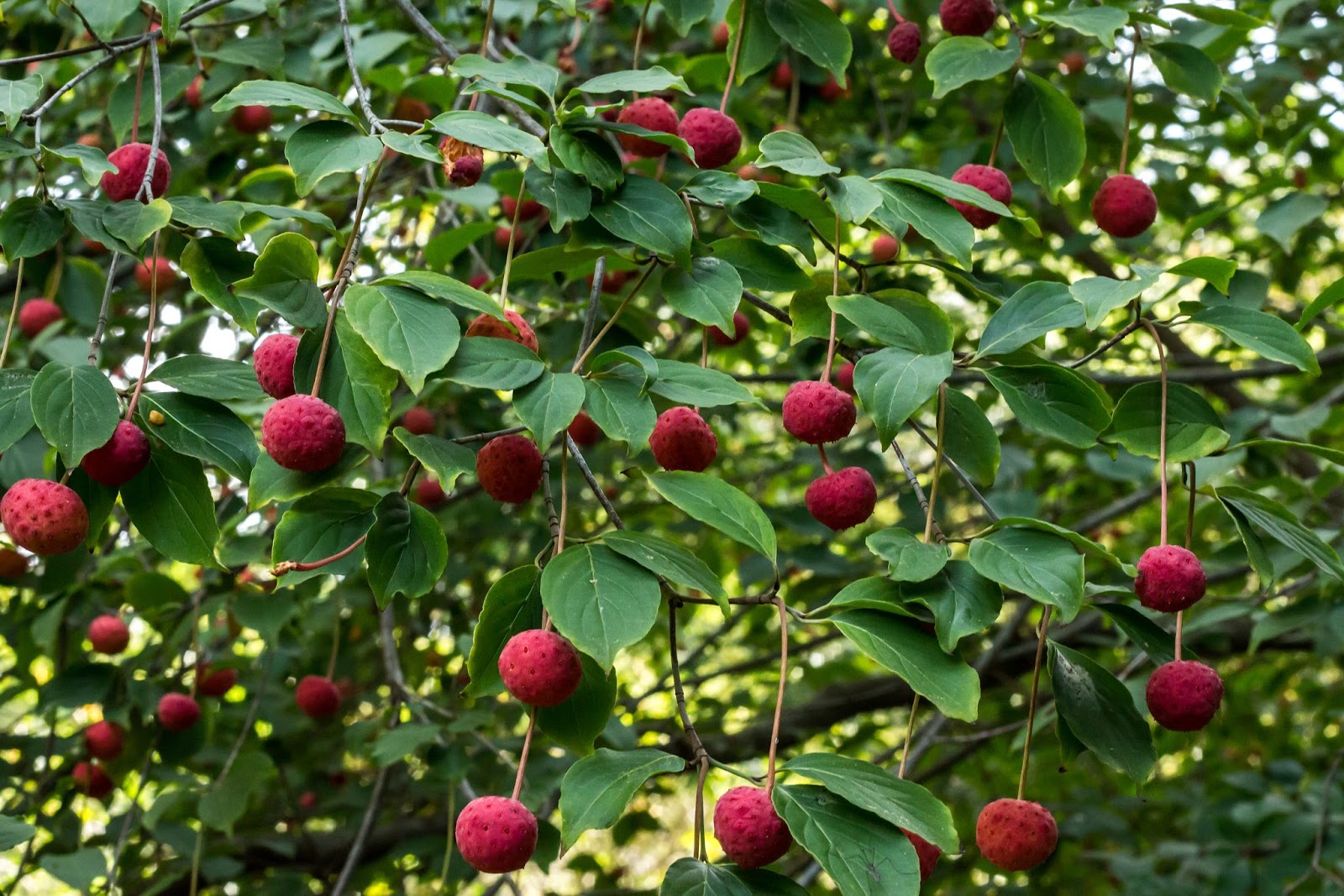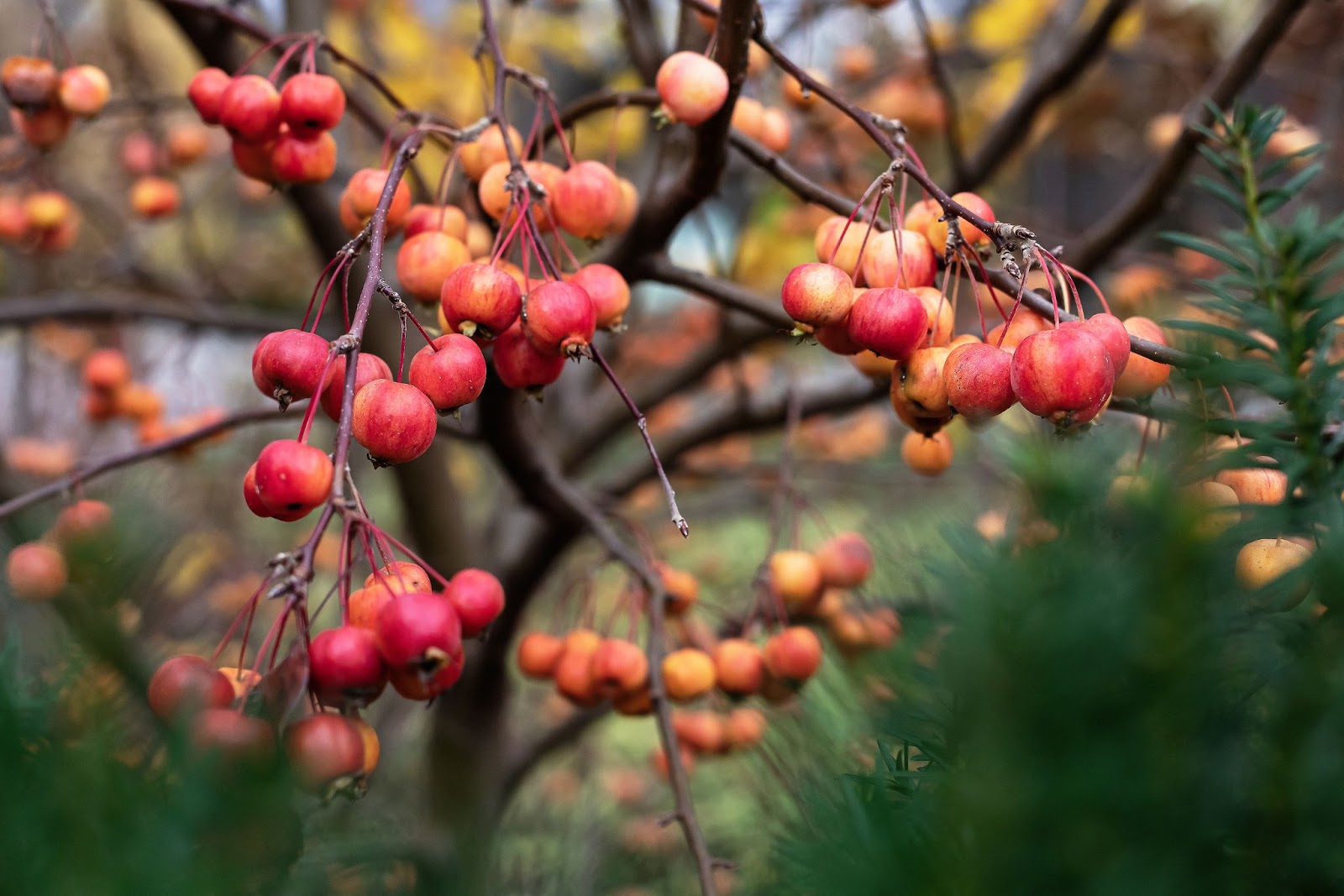
Tree Profiles: Donard Gold Monterey Cypress
Donard Gold Monterey Cypress or Cupressus ‘Donard Gold’ is a delightfully bright and bold cultivar. It was developed in Ireland from the much larger Cupressus macrocarpa or recently renamed Hesperocyparis macrocarpa. It is found along the California and Oregon coasts, famously on the cliffs overlooking the ocean in Monterey on the Pebble Beach 17-Mile Drive. These beautiful trees have a canopy that is flattened by the strong maritime winds that constantly buffet them.
Characteristics and Use
‘Donard Gold’ is very different from the 40’ tall Monterey cypress, although it does have the same enticing aroma of lemon when the scale-like leaves are crushed. The foliage is a happy chartreuse color, which develops into a bright yellow towards the ends of its upright branches. The peeling, cinnamon-colored bark is another attractive feature of this tree.
The cultivar ‘Donard Gold’ is a much smaller tree, reaching only 20-30’, and staying narrow with a spread of around 8’. Its neat, columnar shape is also very different from the Monterey cypress’ wide open crown. This shape and size makes it a perfect tree to use as a screen, either solo or in a row, similar to arborvitae. A line of ‘Donard Gold’ cypress makes a very attractive and neat hedge. This tree also works well when planted individually as a foundation tree or a garden accent for visual effect.

Care and Conditions
This conifer enjoys full sun conditions. If it is grown in some shade, it begins to turn a darker shade of green and loses its characteristic glow. It would prefer some shelter from harsh winter winds. Plant it in well amended rich soil with good drainage. If you have heavy soil, it’s worth planting on a slightly raised berm to ensure good drainage. Irrigate weekly or more often when grown in containers. USDA Zones: 7-10.
Planting Companions for Donard Gold Monterey Cypress
Conifers are adaptable to our climate. ‘Donard Gold’ Monterey cypress works well in a variety of styles of gardens and combined with many different plants. Their eye-catching yellow contrasts beautifully with dark or mid-green pine trees, such as Mugo pines or other cypress’ such as Lawson’s. They also complement blue spruces and the bright fall color of Japanese maples such as Acer orangeola or Acer ‘Crimson Queen’ with their respective orange and red foliage. Combining these trees will give a rich, Pacific Northwest-style garden, bursting with color for all seasons. Shrubs such as Ninebark (Physocarpus) and Weigela can also contribute to this feel.
‘Donard Gold’ also works well in Japanese or zen gardens with pines and Lorapetalum chinense var. rubrum ‘Blush’ – an elegant broad-leaved evergreen shrub with purple or red leaves. Also combine with Japanese blood-grass (Imperata cylindrica) or Japanese Hakonechloa macra for a restful garden. This golden Monterey cypress can also be sheared for a more formal landscape silhouette along with other conifers.
Contact Frontier Landscaping today to help you select and plant the right tree for your yard.
